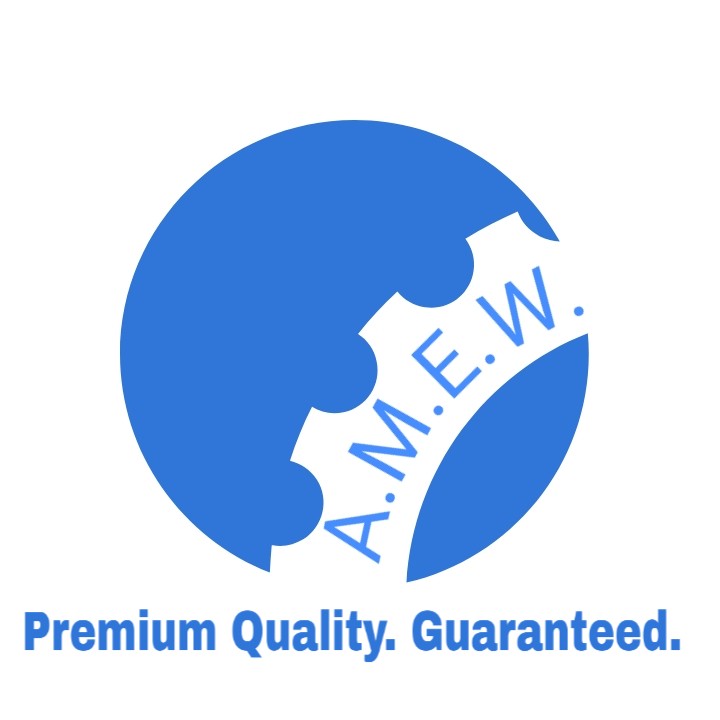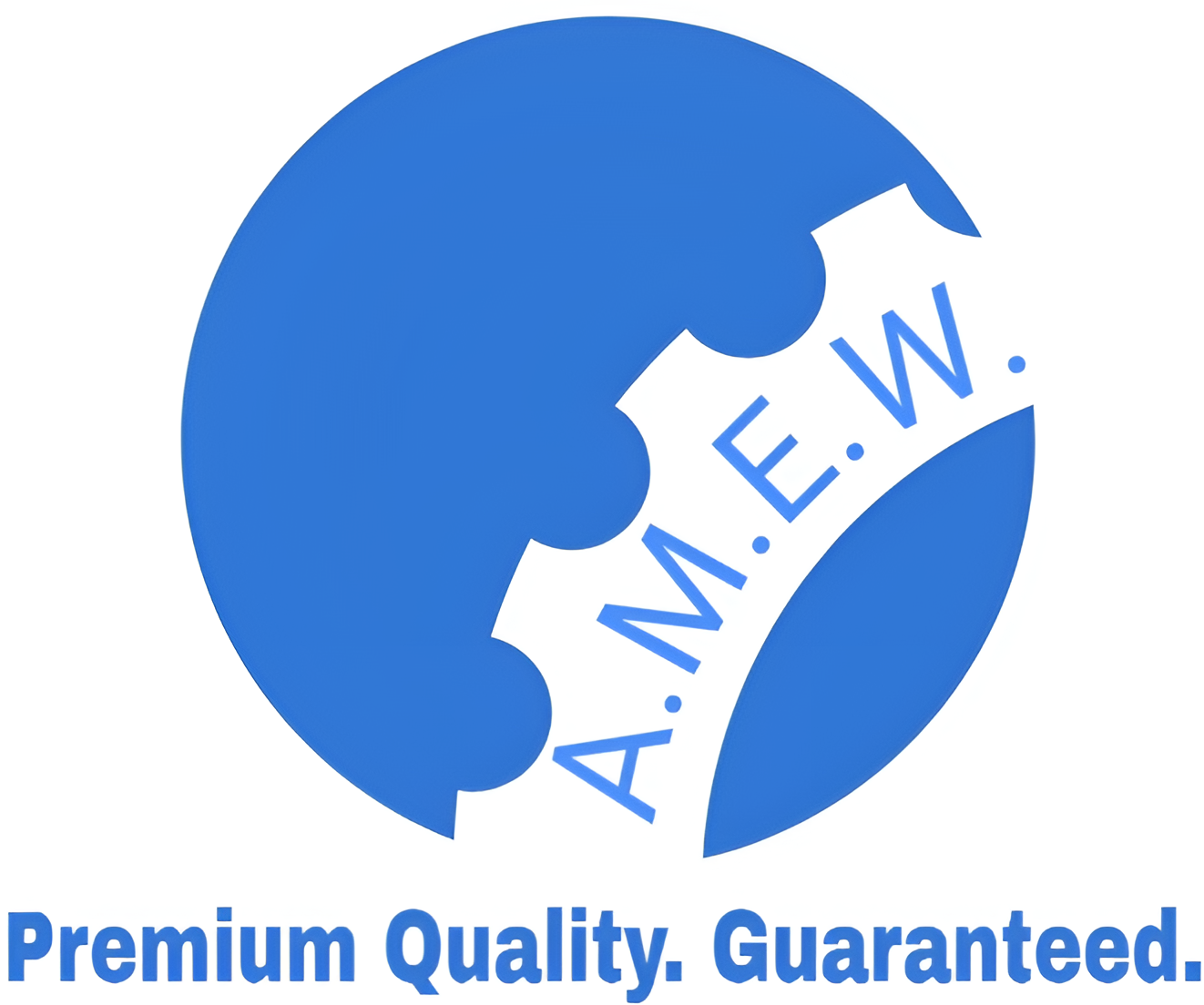Stainless Steel Pipe Fittings – Detailed Overview
Stainless steel pipe fittings are essential components used in various industries to connect pipes, valves, and other equipment in piping systems. They provide a secure, leak-proof, and corrosion-resistant means of joining sections of piping to create complex networks. The primary advantage of stainless steel pipe fittings lies in their exceptional durability, resistance to corrosion, and versatility in a wide range of temperatures and pressures. In this guide, we explore stainless steel pipe fittings in detail, focusing on their applications, types, and the various grades of stainless steel used.
Applications of Stainless Steel Pipe Fittings
Stainless steel pipe fittings are widely used across multiple industries due to their excellent properties. They ensure safe, reliable connections in systems exposed to corrosive substances, extreme temperatures, and high-pressure environments.
Industry Application
Oil & Gas Pipelines, refineries, and offshore platforms for transporting oil and gas.
Petrochemical Systems handling chemicals, solvents, and corrosive fluids in processing plants.
Food & Beverage Hygienic piping systems for food processing, beverage production, and dairies.
Pharmaceutical Sterile piping systems for drug production and medical equipment.
Marine Piping systems in ships, submarines, and offshore drilling platforms.
Power Generation Boiler tubes, heat exchangers, and steam pipes in power plants.
Water Treatment Water distribution and wastewater management systems.
Construction & Architecture Structural piping in buildings and aesthetic fittings.
Grades of Stainless Steel Used in Pipe Fittings
Different grades of stainless steel are chosen for pipe fittings based on the specific demands of the application, such as corrosion resistance, temperature resilience, and strength. Below is a table highlighting some common grades used in stainless steel pipe fittings:
Stainless Steel Grade Properties Applications
304 Excellent corrosion resistance, affordable, widely used. Food processing, breweries, dairy industries, general industrial use.
316 Contains molybdenum for added resistance to chlorides and acids. Marine, chemical, and high-saline environments.
321 Titanium stabilized for improved resistance to intergranular corrosion at high temperatures. Aerospace components, high-temperature chemical processing systems.
347 Niobium stabilized for enhanced high-temperature oxidation resistance. Aerospace, chemical, and power generation industries.
904L High-alloy stainless steel, known for superior resistance to strong acids like sulfuric acid. Chemical processing, pharmaceuticals, and industries handling highly corrosive substances.
2205 Duplex Combines high strength and excellent corrosion resistance, especially in chloride-rich environments. Oil and gas, petrochemical, marine, and desalination industries.
410 Martensitic stainless steel with high strength, but lower corrosion resistance compared to austenitic grades. Applications requiring both high strength and moderate corrosion resistance.
317L Contains higher molybdenum content for enhanced pitting resistance in harsh chemical environments. Chemical and petrochemical industries.
Types of Stainless Steel Pipe Fittings
Elbows
Used to change the direction of flow within the piping system. Commonly available in 45°, 90°, and 180° angles.
Tees
Enable the branching of a pipe into two separate lines, available as equal or reducing tees depending on the pipe sizes.
Reducers
Allow for the connection of pipes with different diameters, facilitating smooth transitions in pipe sizes.
Couplings
Used to connect two pipes in a straight line, ensuring a leak-free connection and smooth fluid flow.
Caps
Seal the ends of pipes, preventing the flow of fluids while ensuring a tight seal.
Crosses
Used when four pipes need to be connected at a single junction, commonly seen in complex piping systems.
Nipples
Short pieces of pipe with male threads on both ends used for connecting two fittings or valves.
Advantages of Stainless Steel Pipe Fittings
Corrosion Resistance: Stainless steel’s inherent corrosion resistance ensures durability even in harsh environments.
High Strength: These fittings maintain their strength under high pressures and temperatures.
Longevity: Stainless steel pipe fittings have a longer service life compared to other materials.
Hygiene: Stainless steel’s smooth surface minimizes the risk of contamination, making it ideal for food, beverage, and pharmaceutical applications.
Aesthetic Appeal: The polished finish of stainless steel gives it an attractive look, making it useful in architectural applications.
Low Maintenance: Stainless steel pipe fittings require minimal maintenance, making them cost-effective over the long term.
Showing all 10 results
-

Finding ASTM A403 WP304 Buttweld Elbow, Reducer or Cap? Buy directly from 304 stainless steel weld fittings manufacturers in Mumba
Read more -
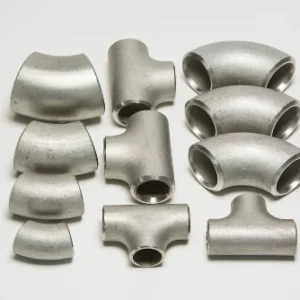
Stainless Steel 304L Pipe Fittings
Read more -

Stainless steel 310 pipe fittings
Read more -
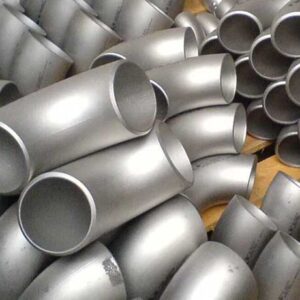
Stainless Steel 316 Pipe Fittings
Read more -
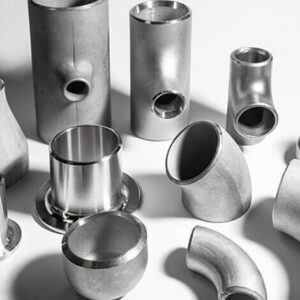
Stainless Steel 316L Pipe Fittings
Read more -
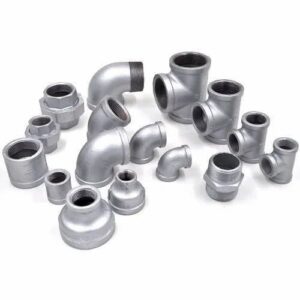
Stainless Steel 317L Pipe Fittings
Read more -
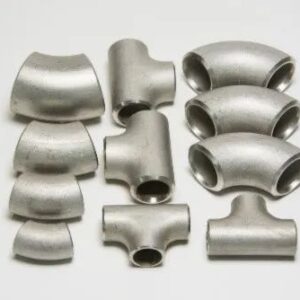
Stainless Steel 321 Pipe Fittings
Read more -

Stainless Steel 347 Pipe Fittings
Read more -
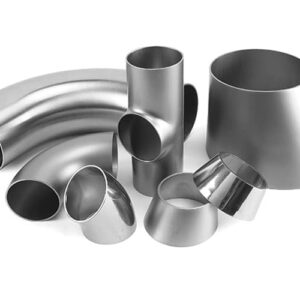
Stainless Steel 904L Pipe Fittings
Read more -
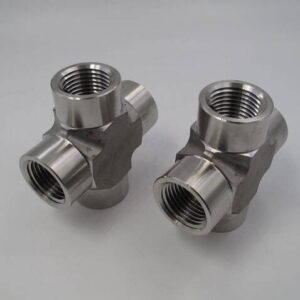
Stainless Steel Forged Fittings manufacturer in India
Read more
